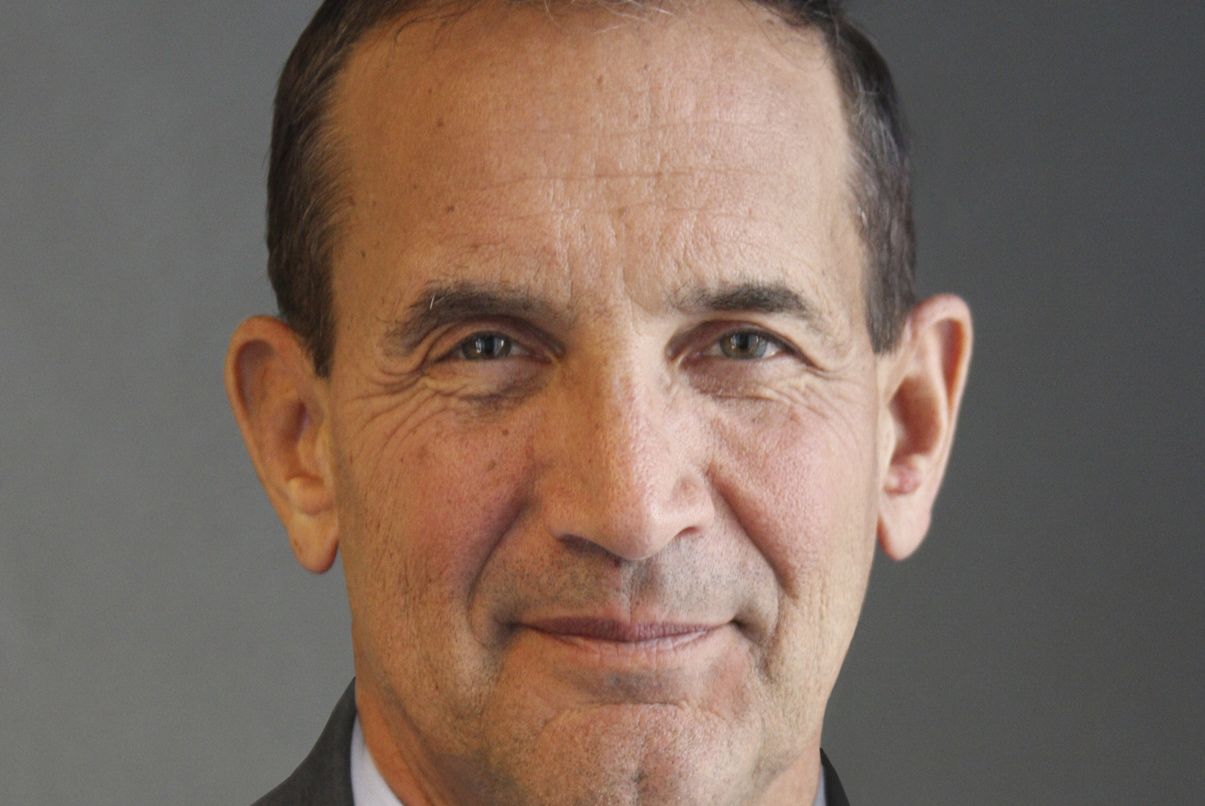So far in 2016, the headlines have been somewhat harrowing: China imploding. Banking problems in Europe. Devastation in the oil patch. To be sure, there are reasons for concern. World trade is declining on a year-over-year basis. We’re not yet at recession levels, but there is a slowdown. What is not yet clear is whether the slowdown will be temporary or prolonged.
China remains a major concern as it attempts to transition from an export-driven society to one based on consumption. Both imports and exports have been declining, and concerns over China’s banking sector are mounting. Thankfully, Chinese debt is not owned by many investors outside the country, so a Chinese debt or banking crisis, while painful, would likely not have the same sort of global ripple effects that the US mortgage crisis did in 2007–2009.
Consumption creeps up
Meanwhile, the Chinese consumer is beginning to carry more weight. Consumption is growing year over year, and housing markets have picked up in China in recent months. I don’t anticipate implosion taking place there.
Europe is a mixed bag at the moment. While German exports are slowing, consumption in the eurozone is picking up and easy monetary policy remains in place. Japan’s diversified economy is in the midst of a multiyear re-engineering push — but without much to show for it thus far.
US consumer spending accounts for a larger share of the global economy than the entire economic output of China does. And US consumers kicked into gear in January. Apparently they didn’t get the memo about all the bad news in the rest of the world. US real incomes are rising, wages are growing and both the number of workers and their hours worked are climbing.
Overall, the global backdrop does not suggest an imminent recession.
Corrections don’t necessarily signal recessions
History tells us that market declines like we’ve seen so far in 2016 don’t always signal a recession. Since 1959, there have been 11 declines in the S&P 500 of the magnitude we’ve seen in recent months —between 10% and 19% declines. Three of those episodes ended in recession, while the other eight did not. The average decline during those eight episodes was approximately 16%. And just six months after the decline ended, the average return on the S&P was 18%–19%. It’s also worth noting that the average forward P/E ratio in those periods was 19 to 20 times. Today it is a more reasonable 15½ times.
Still some work to do
So are we headed for a recession? In my opinion, there isn’t a “yes” or “no” answer, but rather a two-stage process at work. The continued fall in oil prices —largely due to falling demand from China— is an input cost, and falling costs will initially cause some capital destruction. No doubt there will be defaults by energy companies that are geared to crude oil prices of $70, $80 or $100 per barrel. However, once the loss of capital works its way through the system, there will be a boost to manufacturing in the form of higher profits based on lower input costs.
As another ripple effect of China’s recent woes, the decline in commodity prices is suppressing expectations of higher interest rates — the cost of capital. Now we have two input costs that are likely to remain relatively low for the balance of 2016. And those should eventually benefit big economies like the US, the eurozone, Japan and, strangely enough, China itself.
Anxiety is understandable, and investors are wise to be cautious. It is probably best for investors to hold back a bit and to watch the macroeconomic data for the world’s major economies in the next few months. That should help us figure out if the worst of the crisis has passed.
James Swanson is Chief Investment Strategist at MFS Investment Management.


